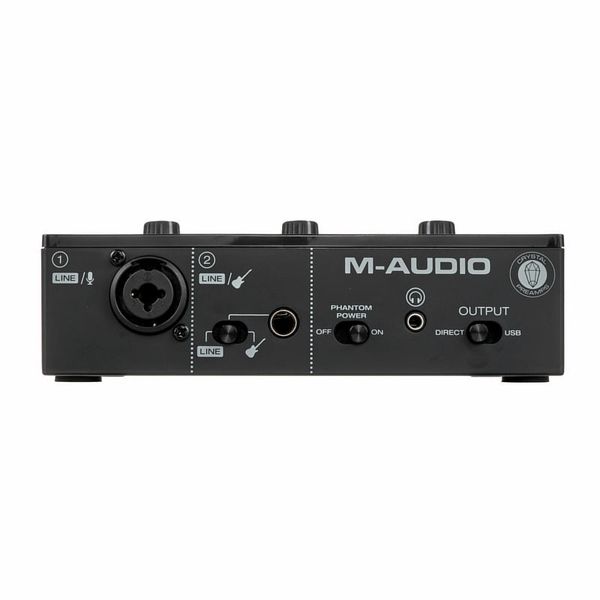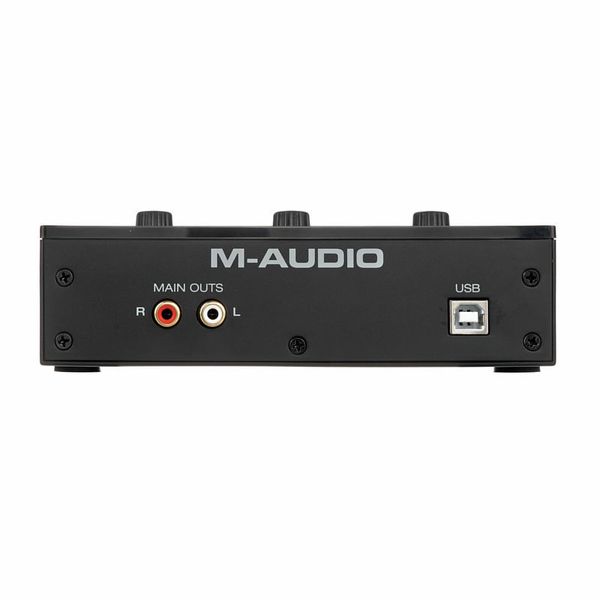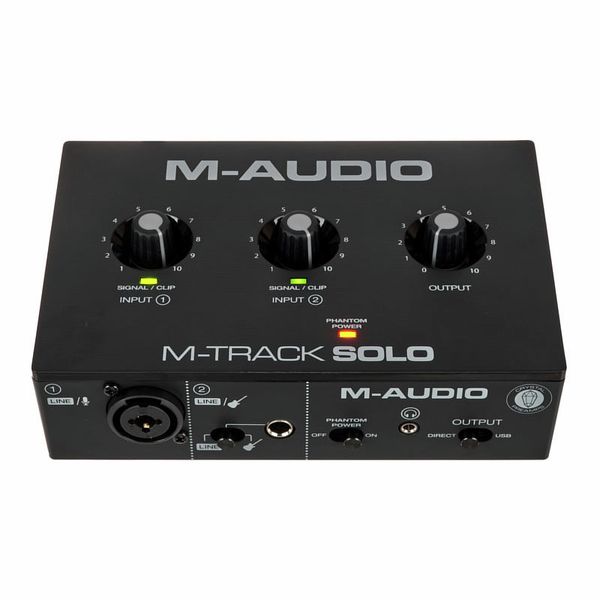For room treatments, having a way to measure impulse in real time is very valuable. You can see the squiggles in the impulse at later times, place a panel, and see if that spot eliminates those reflections the best.
So I'd 100% buy an xlr mic and interface. As long as they are well designed transparent devices, doesn't really matter which one you use.
The be ringer microphone is fine. I'm not sure on that interface though. It will most likely be fine.
Then use open sound meter to measure the impulse in real time, and your room treatments will be done well!
See this example of how to do it written by a friend.
This tutorial was done in my home, but the same concepts can apply to a car. My home stereo is in an asymmetric room and I have problems with the left and right speakers sounding very different. This disrupts my stereo imaging, is very annoying, and cannot be fixed with DSP. So I examined...
www.caraudiojunkies.com




